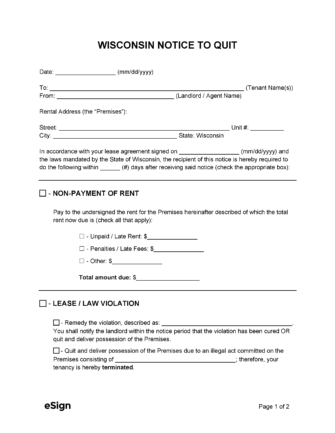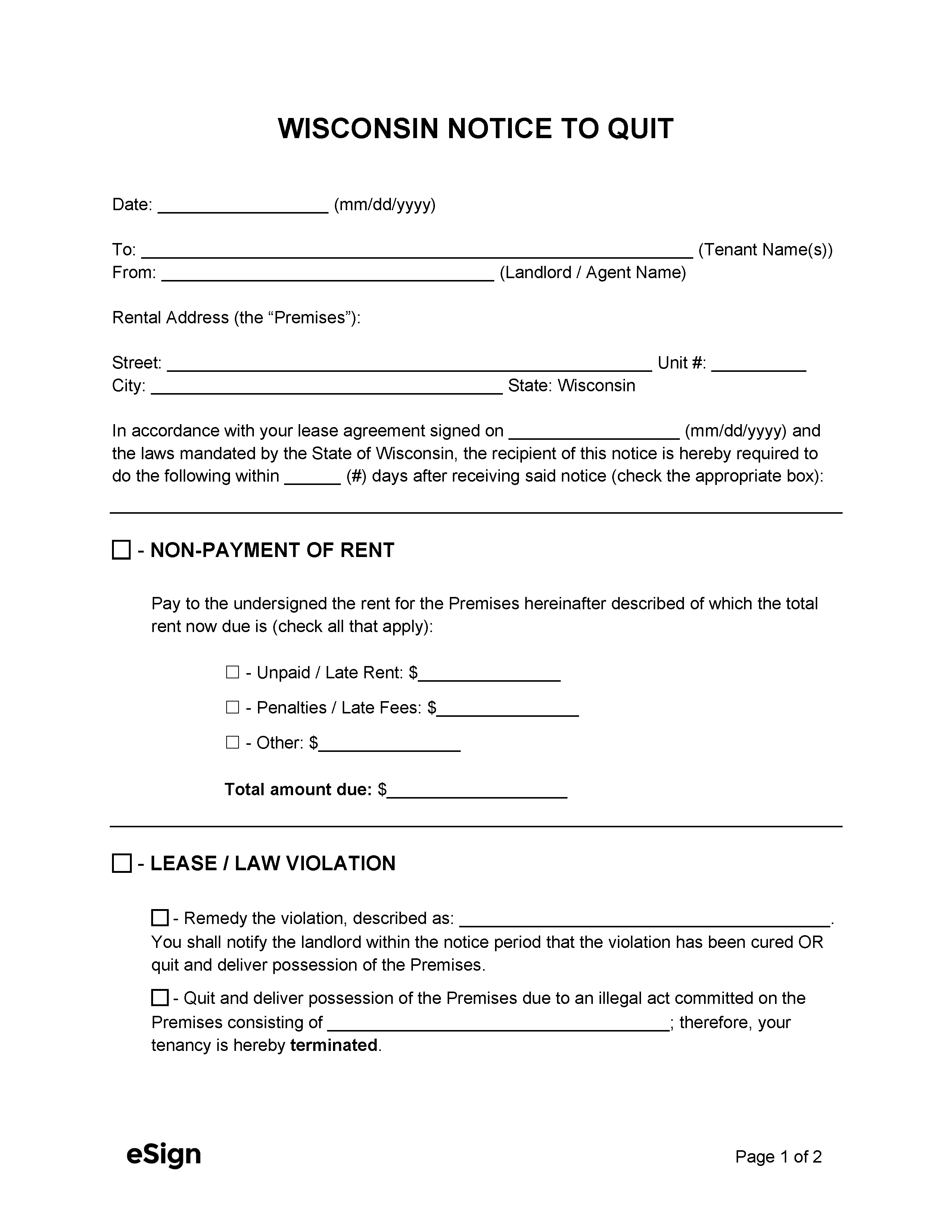Eviction Notices: By Type (8)
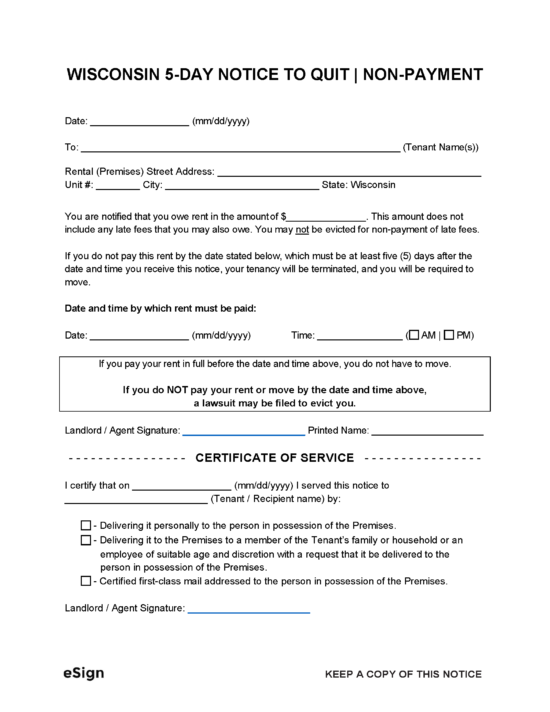
5-Day Notice to Quit | Non-Payment – Provides a tenant with five days to pay their rent or move out of the rental unit.
Download: PDF, Word (.docx), OpenDocument |
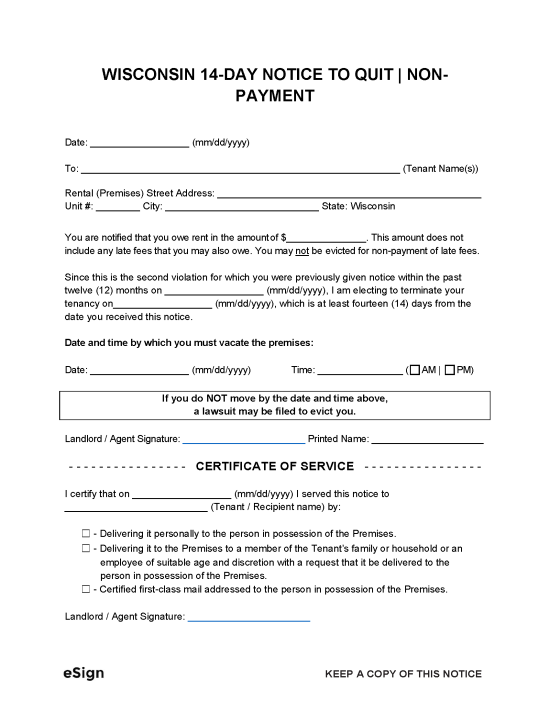 14-Day Notice to Quit | Non-Payment – Provides a tenant with fourteen days to vacate the premises due to a second failure to pay rent. 14-Day Notice to Quit | Non-Payment – Provides a tenant with fourteen days to vacate the premises due to a second failure to pay rent.
Download: PDF, Word (.docx), OpenDocument |
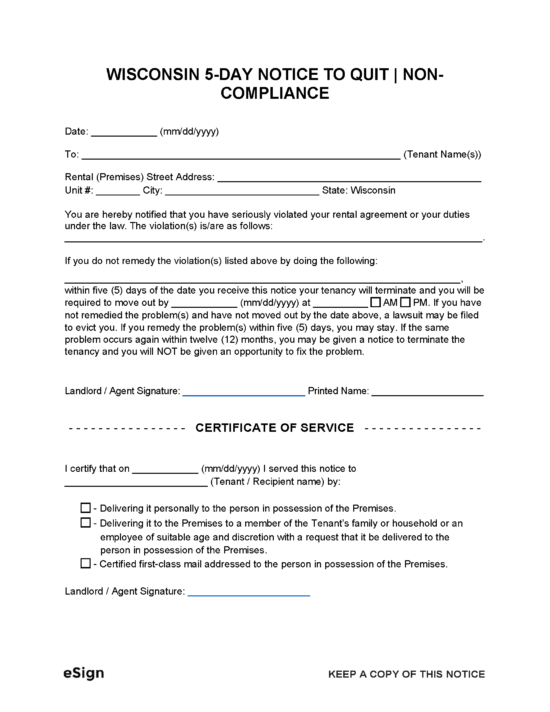 5-Day Notice to Quit | Non-Compliance (Curable) – Allows a tenant to cure a lease violation within five days to avoid lease termination. 5-Day Notice to Quit | Non-Compliance (Curable) – Allows a tenant to cure a lease violation within five days to avoid lease termination.
Download: PDF, Word (.docx), OpenDocument |
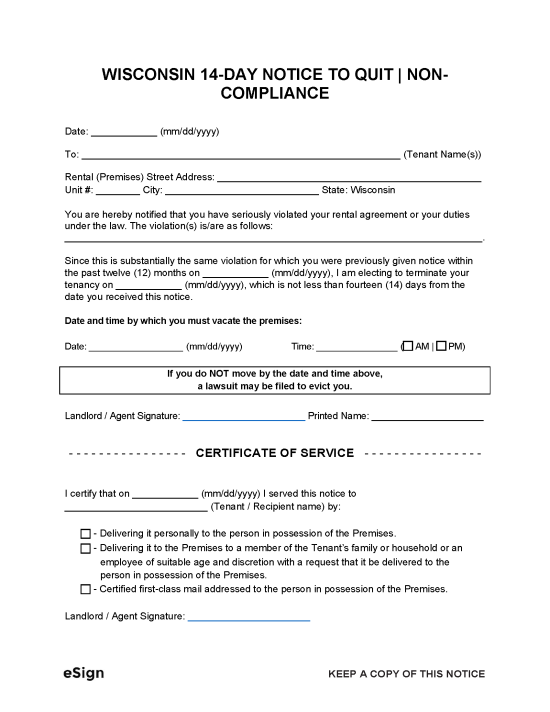
14-Day Notice to Quit | Non-Compliance – Gives the tenant 14 days to move out before an eviction suit will be filed due to a second lease violation.
Download: PDF, Word (.docx), OpenDocument |
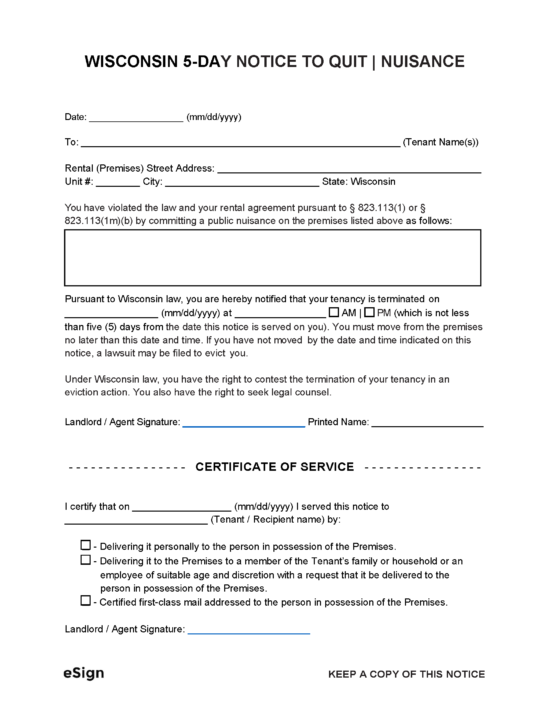 5-Day Notice to Quit | Nuisance – Demands that a tenant vacate the premises within five days due to a drug/gang-related nuisance. 5-Day Notice to Quit | Nuisance – Demands that a tenant vacate the premises within five days due to a drug/gang-related nuisance.
Download: PDF, Word (.docx), OpenDocument |
 5-Day Notice to Quit | Imminent Threat – Delivered to a tenant who has threatened the safety of another individual, giving them five days to leave the property. 5-Day Notice to Quit | Imminent Threat – Delivered to a tenant who has threatened the safety of another individual, giving them five days to leave the property.
Download: PDF, Word (.docx), OpenDocument |
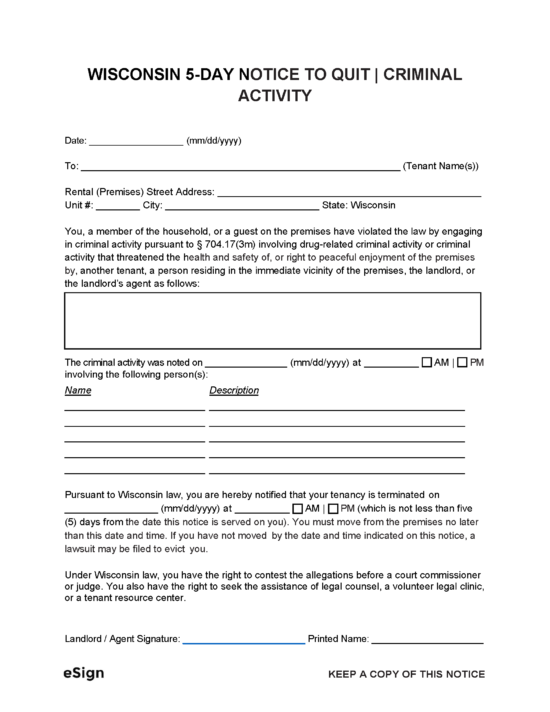 5-Day Notice to Quit | Criminal Activity – Gives a tenant five days to leave before being evicted due to criminal activity on the premises. 5-Day Notice to Quit | Criminal Activity – Gives a tenant five days to leave before being evicted due to criminal activity on the premises.
Download: PDF, Word (.docx), OpenDocument |
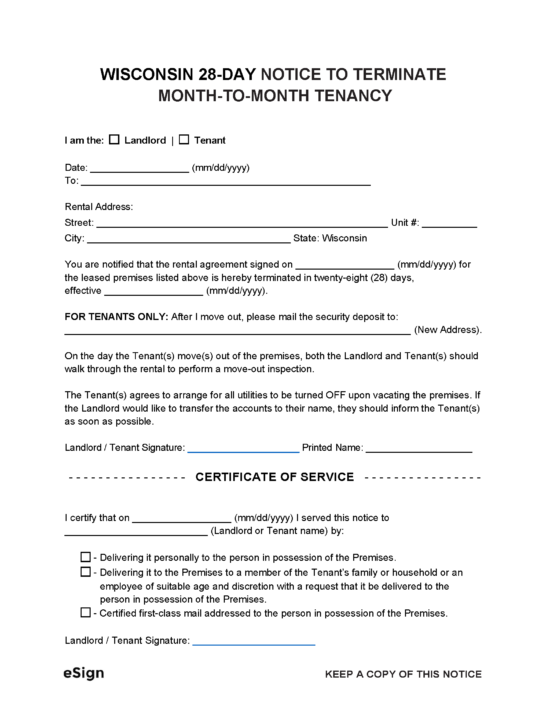 28-Day Notice to Terminate | Month-to-Month Tenancy – Terminates a periodic tenancy between a landlord and tenant. 28-Day Notice to Terminate | Month-to-Month Tenancy – Terminates a periodic tenancy between a landlord and tenant.
Download: PDF, Word (.docx), OpenDocument |
Notice Requirements
How to Evict a Tenant in Wisconsin
Step 1 – Notice to Quit
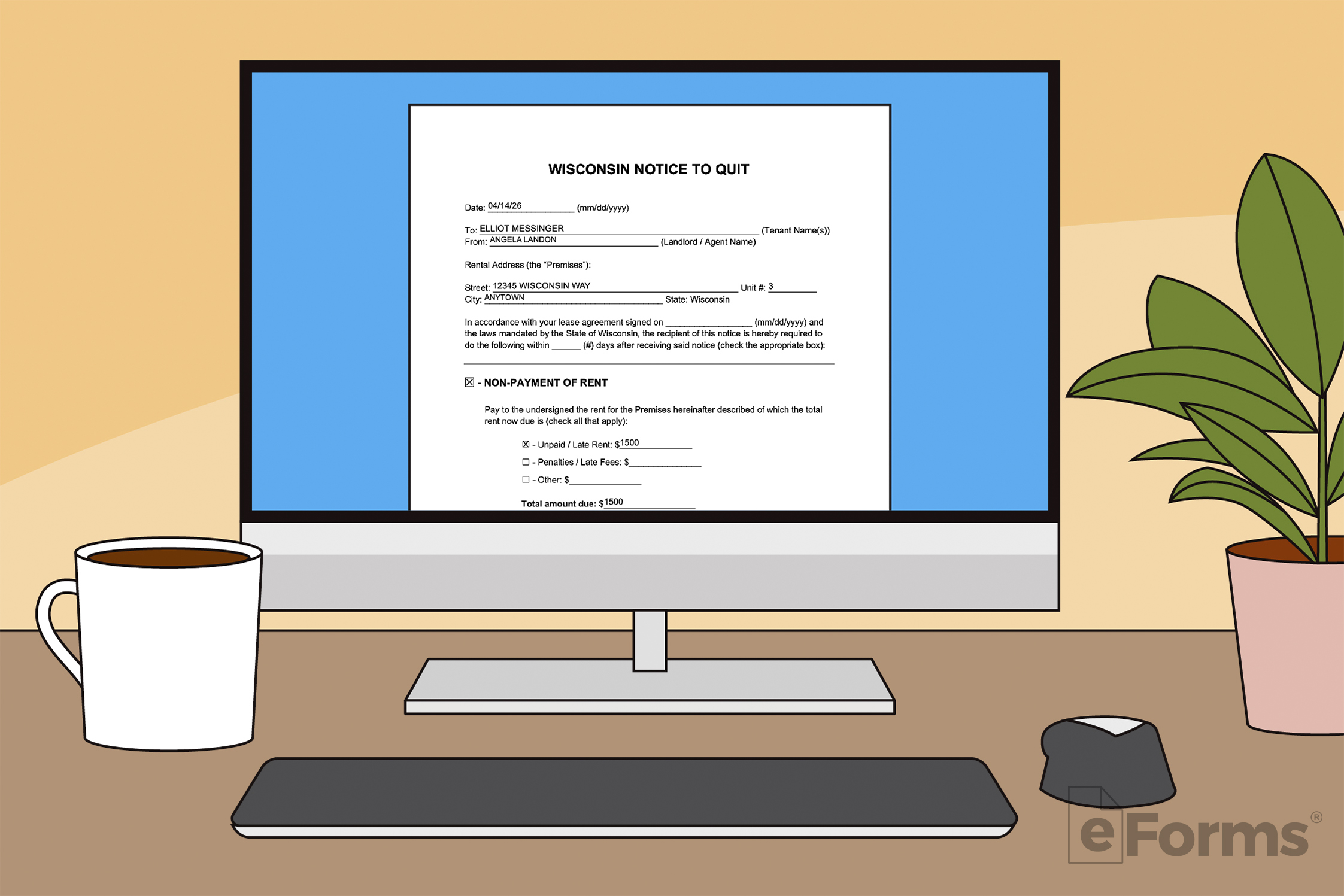
Before filing for eviction, the landlord must send a notice to quit to their tenant explaining the lease violation and, if applicable, giving them a chance to fix the issue.
- 5-Day Notice to Quit for Non-Payment (Curable)
- 14-Day Notice to Quit for Non-Payment
- 5-Day Notice to Quit for Non-Compliance (Curable)
- 14-Day Notice to Quit for Non-Compliance
- 5-Day Notice to Quit for Nuisance
- 5-Day Notice to Quit for Imminent Threat
- 5-Day Notice to Quit for Criminal Activity
- 28-Day Notice to Terminate Month-to-Month Tenancy
Step 2 – Deliver Notice
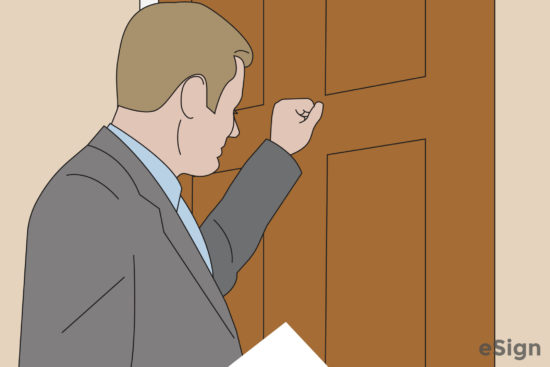
Notices must be delivered using one of the following methods:
- In-person to the tenant or a family member or occupant over 14 years of age
- Posted on the door and mailed to the tenant
- Mailed to tenant’s last-known address by certified or registered mail
- Served in the same manner as a summons in accordance with § 801.11
Step 3 – Summons and Complaint
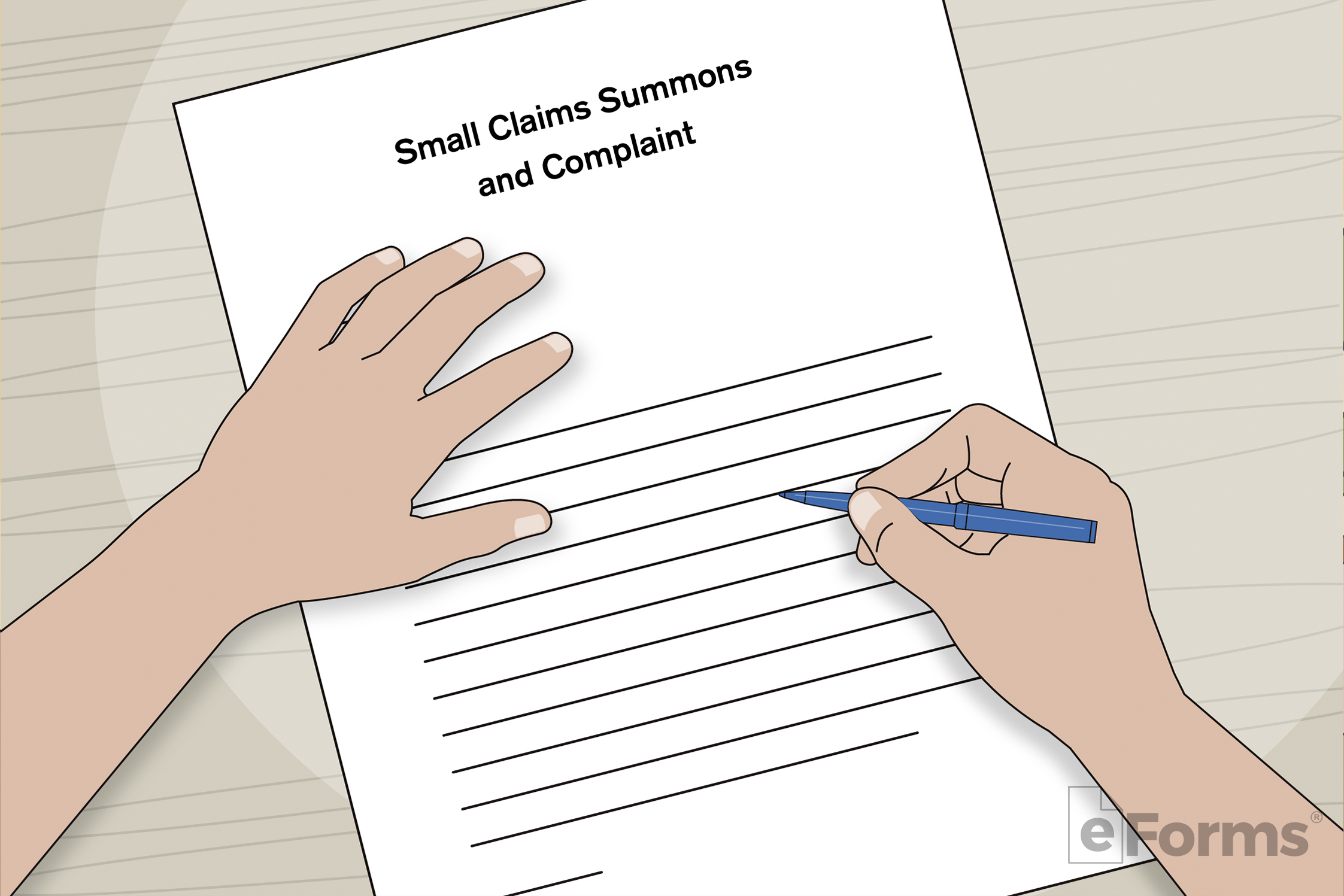
If the tenant fails to comply with the notice to quit, the landlord can complete a Small Claims Summons and Complaint (SC-500I) to initiate an eviction suit. The Summons and Complaint must be filed with the circuit court (civil division) in the county where the property is located. The clerk will charge a filing fee and set a hearing date and time.
Step 4 – Serve Summons
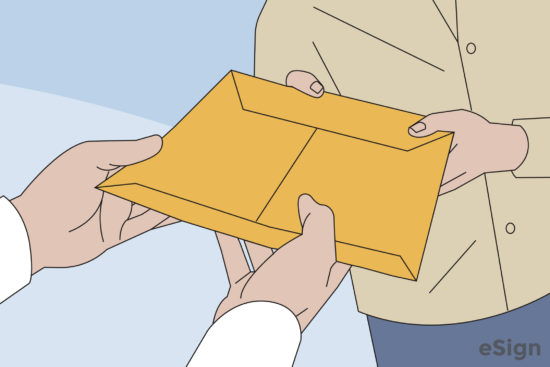
Step 5 – Tenant’s Answer (If Applicable)
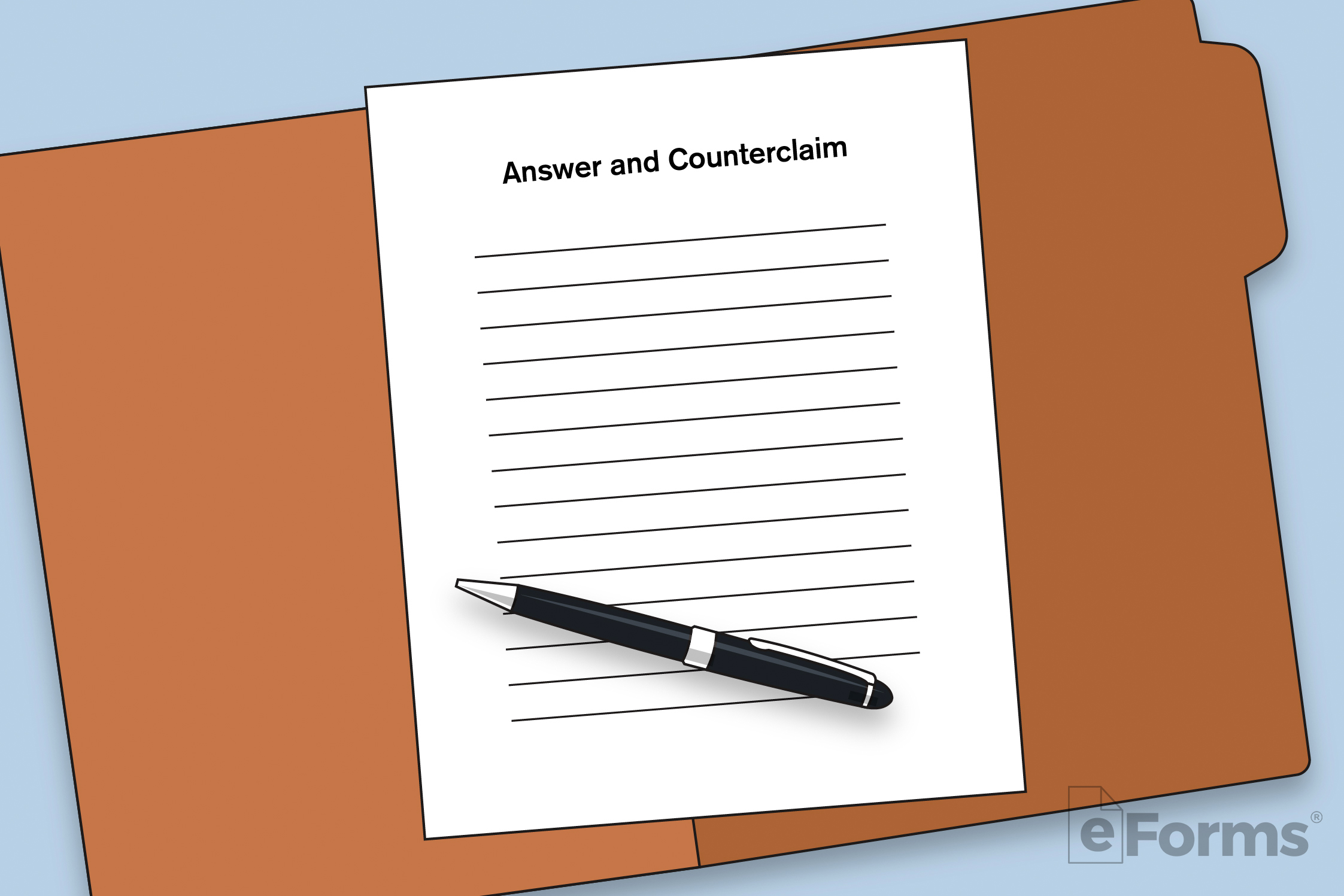
The Summons form demands that the tenant appear on the hearing date and, in some counties, file an Answer and Counterclaim (SC-5200V) before that date. The tenant can use the Answer to contest or accept the landlord’s complaint and make counterclaims. Failure to appear in court and file an answer could result in a default judgment in the landlord’s favor.
Step 6 – Hearing

The landlord and tenant must attend the hearing to plead their case. If the judge grants the landlord an eviction judgment, the tenant will be ordered to vacate, and the landlord will be entitled to damages. If the judge feels that the case cannot be settled on the first court date, a trial date will be scheduled.
Step 7 – Stipulation for Dismissal (If Applicable)
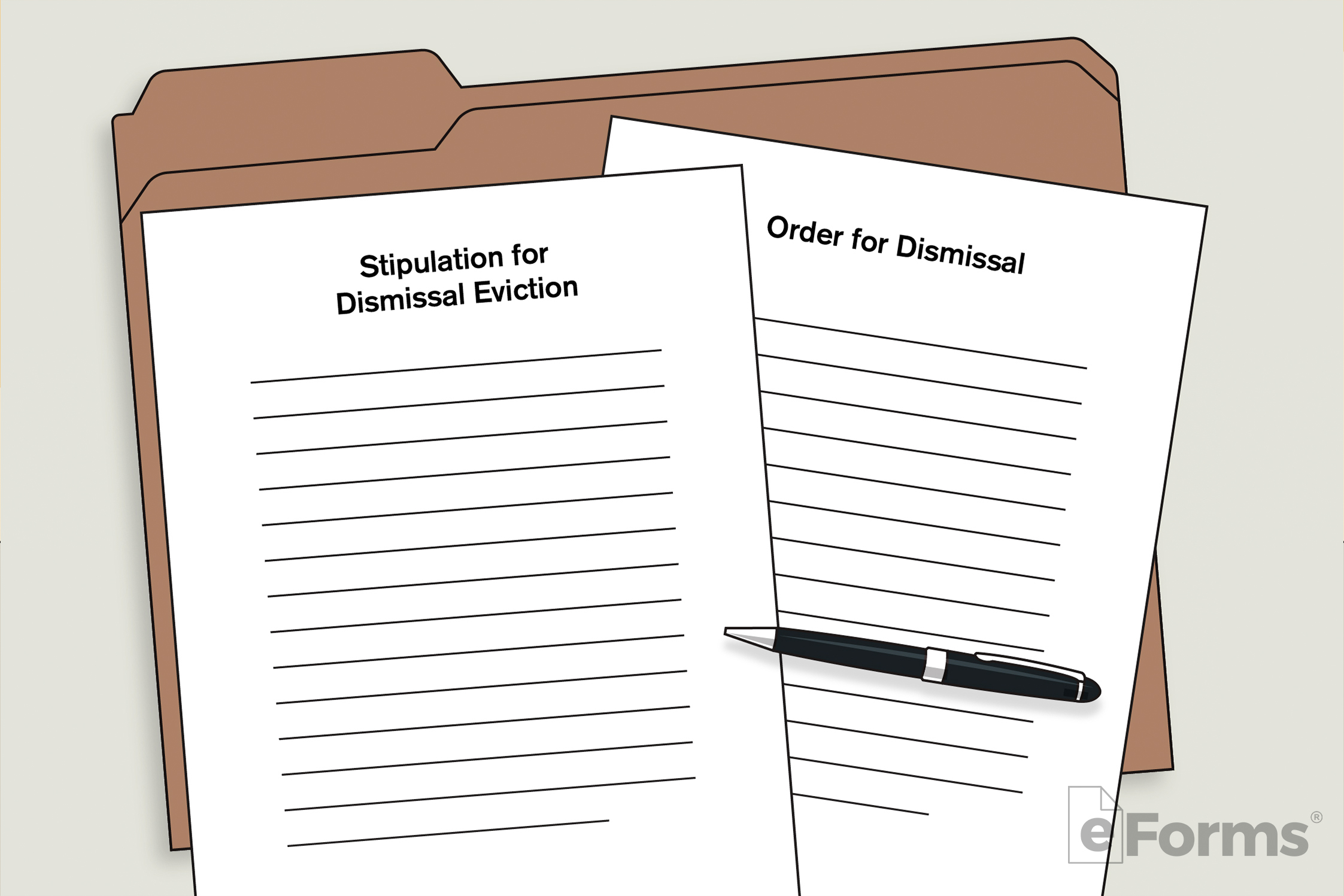
Step 8 – Trial (If Applicable)
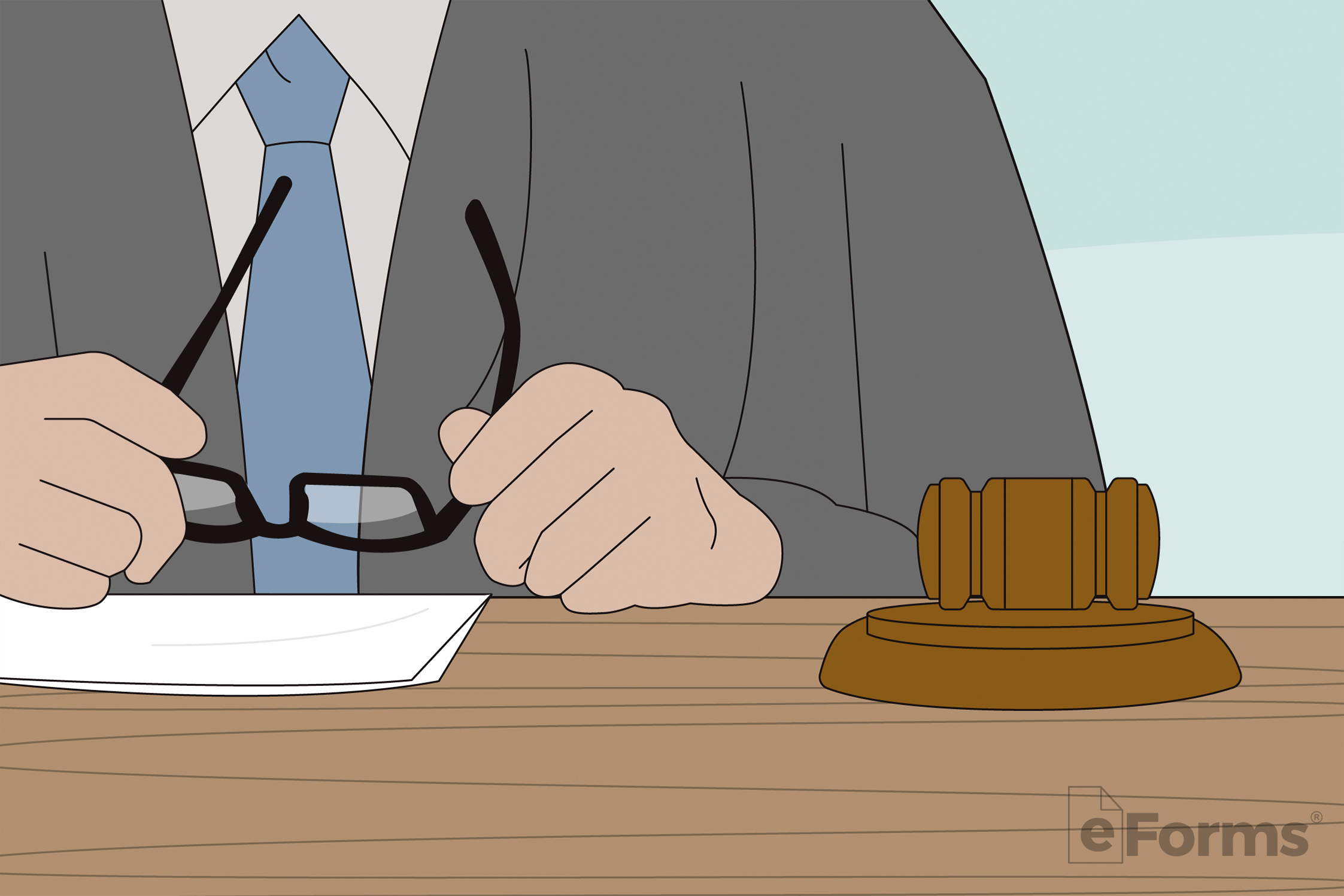
Step 9 – Writ of Restitution
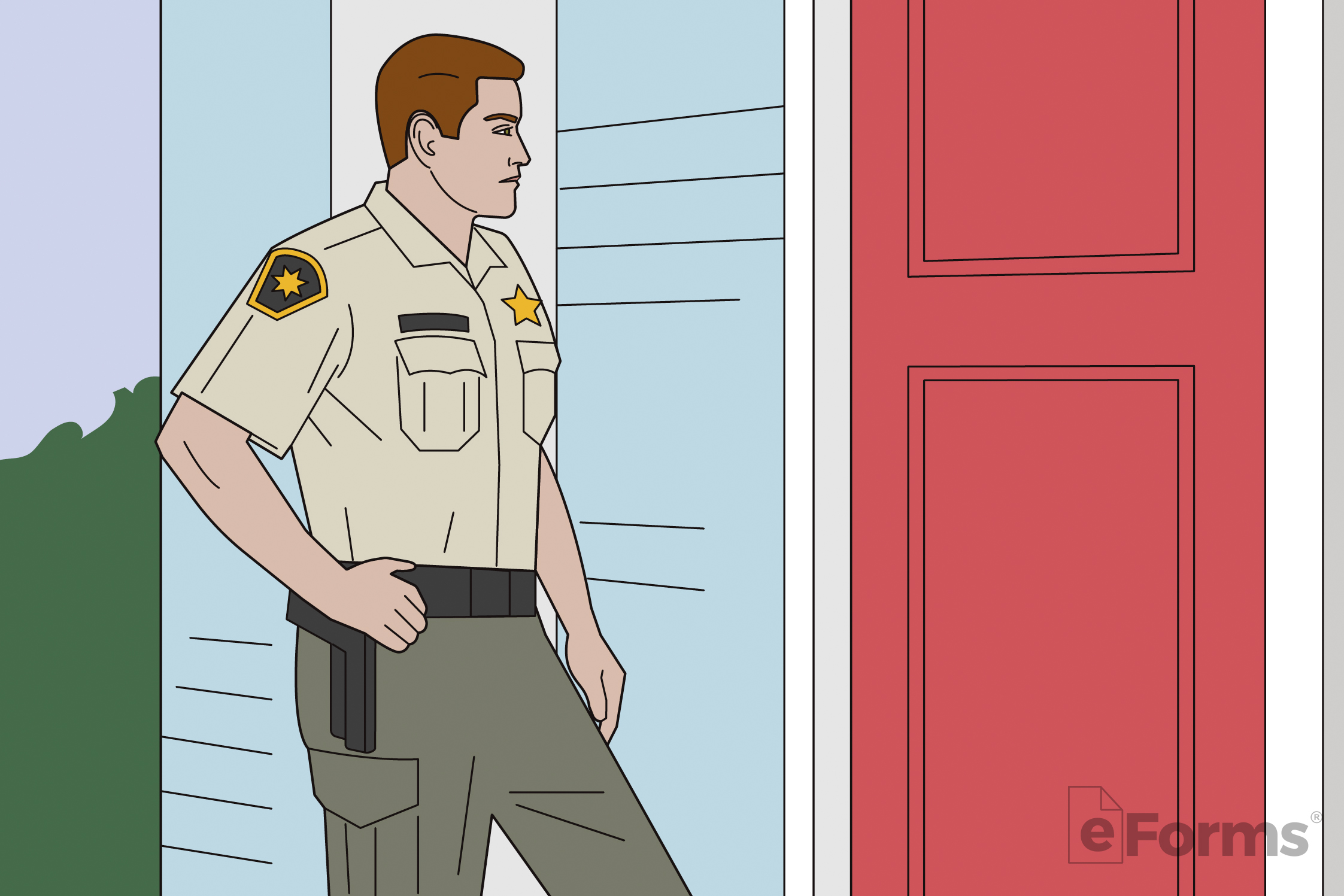
Court Forms + Resources
Forms
- Affidavit of Service (SC-5100V)
- Signed by: Process Server/Sheriff, Notary Public
- Answer and Counterclaim (SC-5200V)
- Signed by: Tenant
- Declaration of Non-Military Service (GF-175)
- Signed by: Landlord
- Order for Dismissal (SC-5300VB)
- Signed by: N/A
- Small Claims Summons and Complaint (SC-500I)
- Signed by: Clerk, Landlord
- Stipulation for Dismissal Eviction (SC-5300VA)
- Signed by: Landlord, Tenant
- Writ of Restitution (SC-512)
- Signed by: Sheriff
Resources
